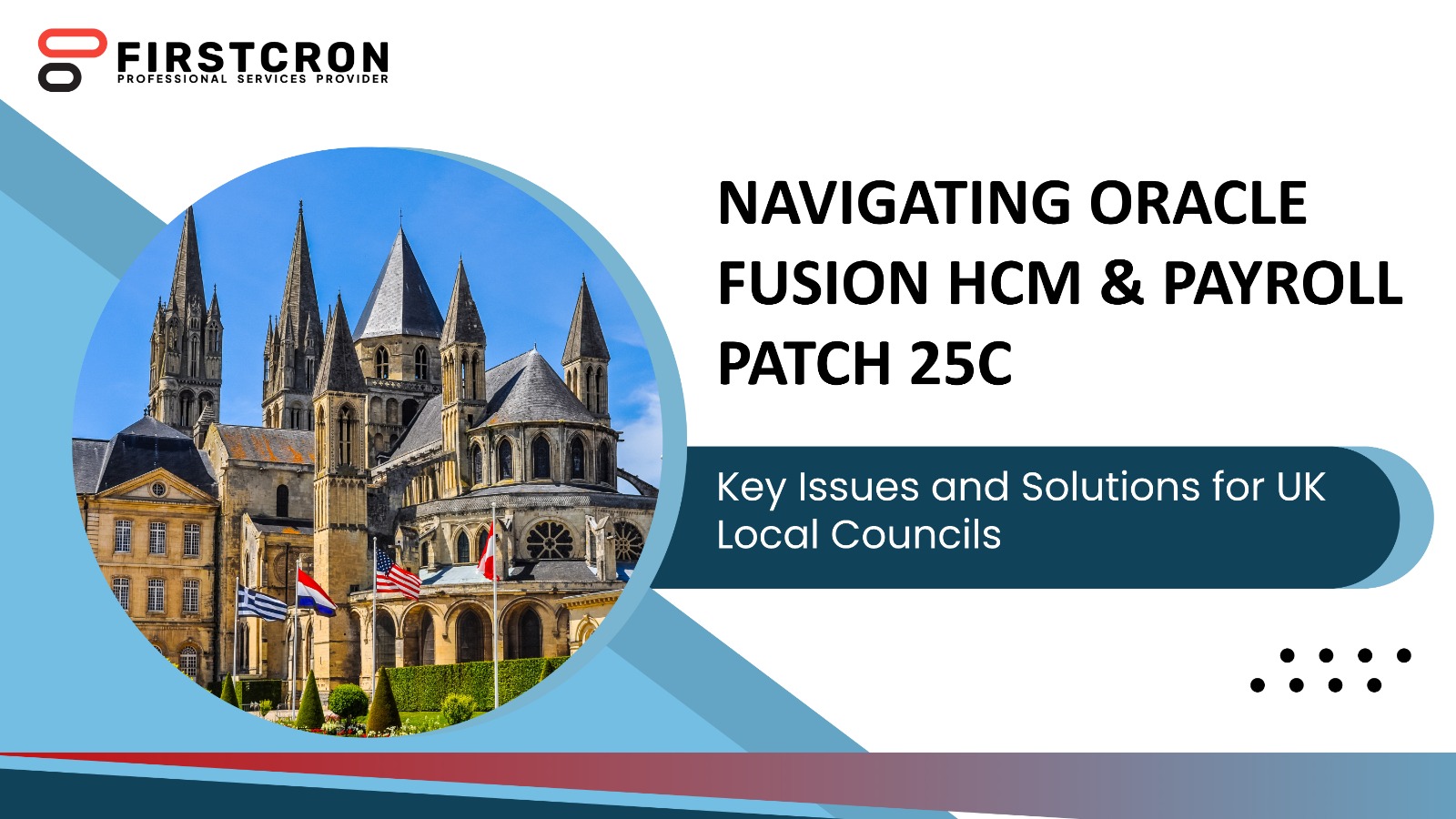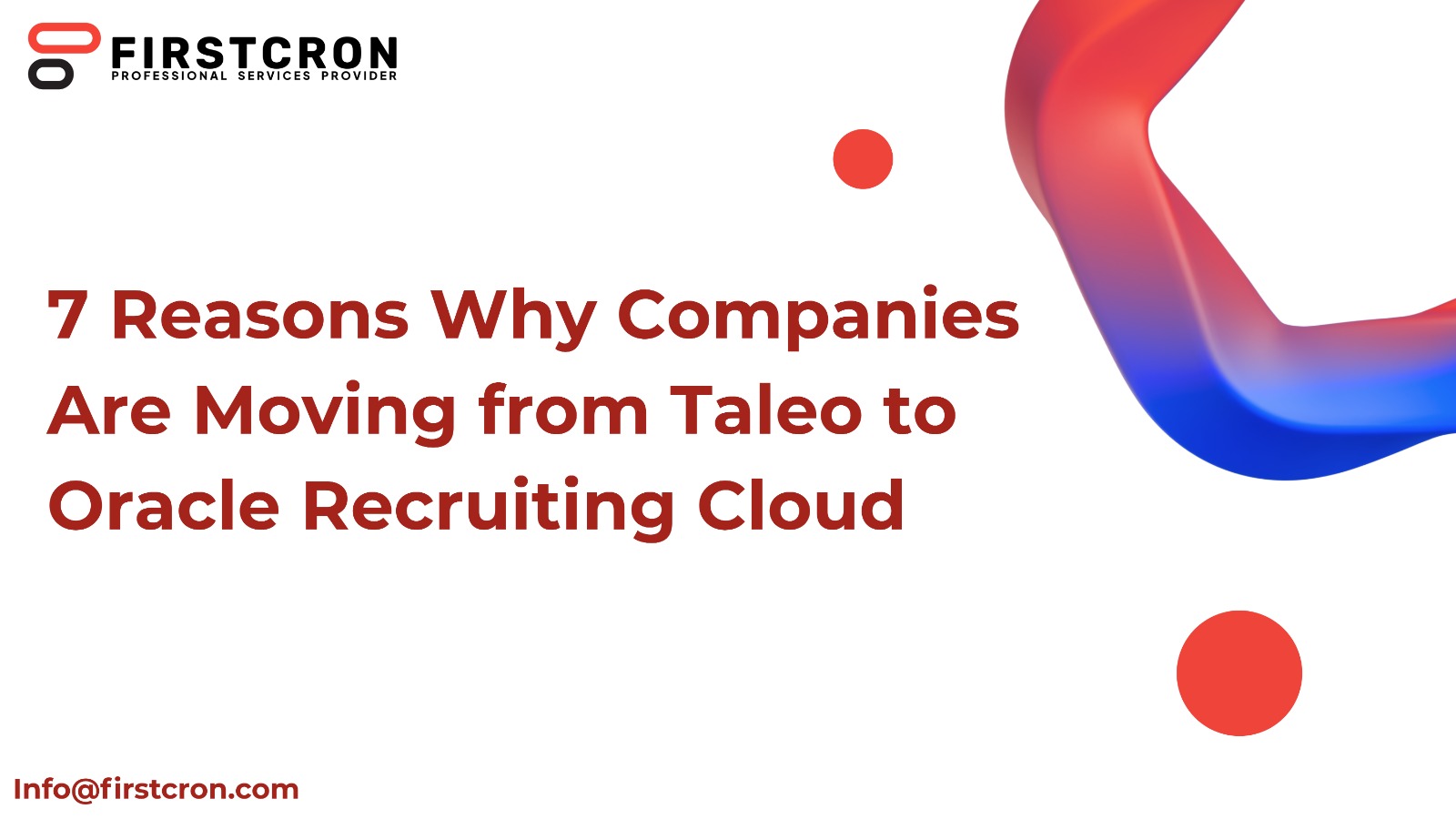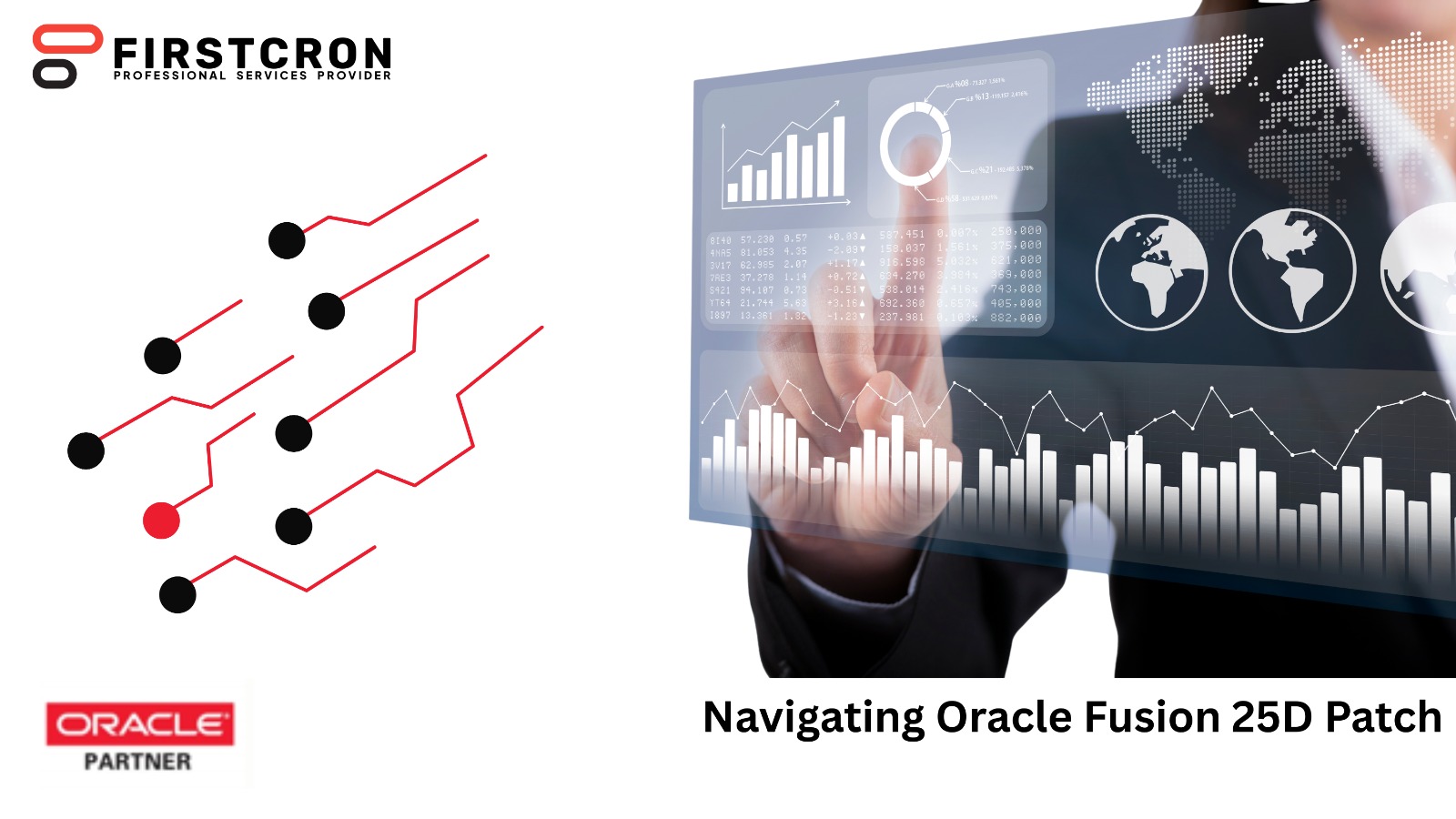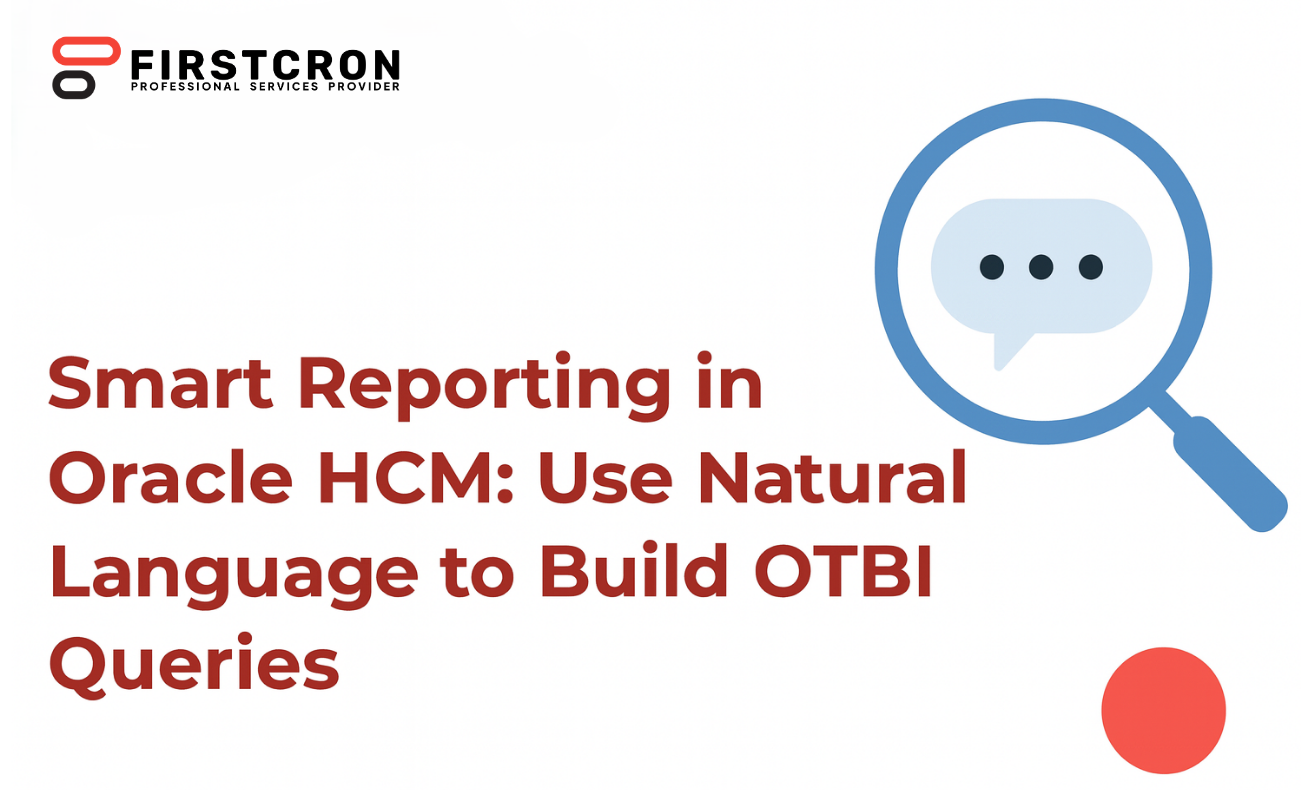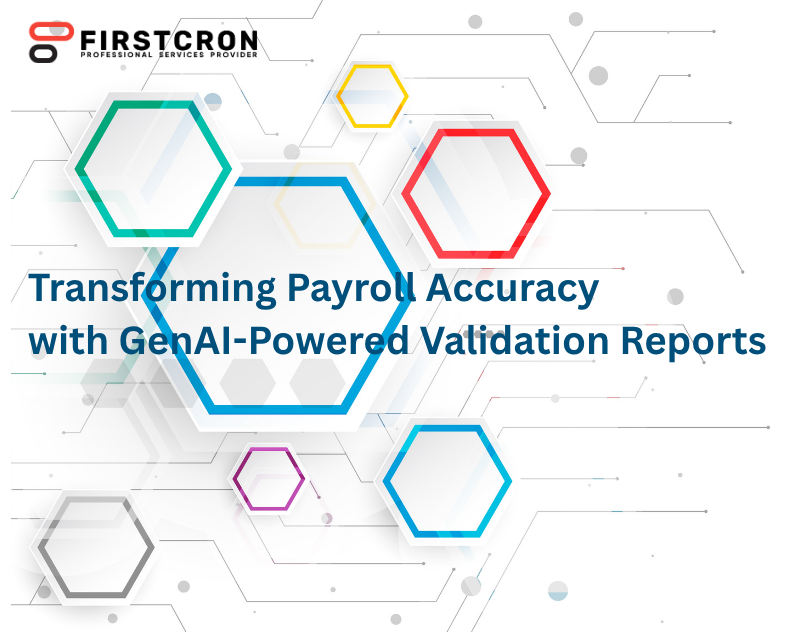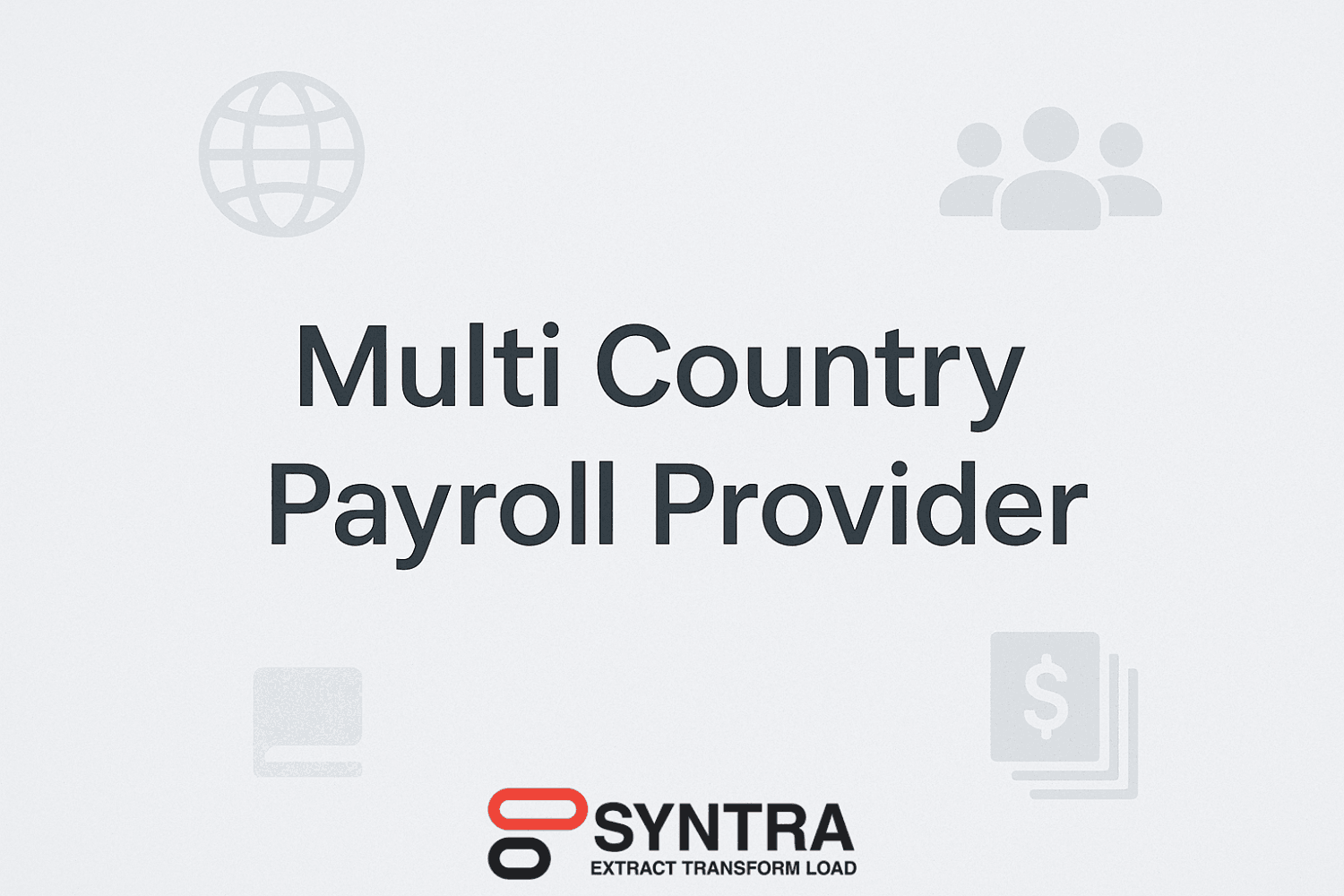
Managing payroll across borders is one of the most complex responsibilities for large organizations. When multiple countries, regulations, and employee categories converge, the technical and compliance challenges multiply. A multi country payroll provider must deliver consistency and accuracy while adapting to regional tax laws, currency requirements, and labor standards. Syntra has emerged as a powerful enabler in this landscape by acting as a dedicated extract, transform, and load solution between ADP systems and Oracle Fusion. It helps international payroll teams streamline data movement and eliminate time consuming manual processes. The need for such automation is urgent when dealing with dozens of jurisdictions and a constantly changing compliance environment.
In this blog we’ll cover
- Why ETL Is Essential In Multi Country Payroll
- Syntra As The Hub For Extract Transform And Load
- Core HR Objects That Require Transformation
- Taxation Across Jurisdictions
- Table One Illustrating Transformation Focus
- Time Entry And Absence Data
- Costing, Currency, And Balances
- Table Two Highlighting Global Data Points
- Syntra Saving Time And Effort For Multi Country Payroll
- Enabling Coexistence With Vendor Offerings
- Conclusion
Why ETL Is Essential In Multi Country Payroll
Extract, transform, and load is not an optional layer for a global payroll ecosystem. Systems such as ADP generate payroll data in structures that reflect how the vendor processes and stores records. Oracle Fusion interprets payroll information through a very different data model that expects effective dates, assignment hierarchy, costing configuration, tax logic, and currency structures in a consistent layout. In a multi country context, there are additional requirements for statutory deductions, localized earnings codes, and jurisdiction specific balances. Transforming those differences manually is both risky and expensive. Syntra steps into that middle layer and enforces discipline across the movement of worker data, job structures, taxation, and time related entries from ADP to Oracle Fusion without interrupting payroll cycles.
Syntra As The Hub For Extract Transform And Load
Syntra pulls data from ADP in controlled batches aligned with payroll deadlines. The extract stage collects master records, compensation elements, tax profiles, and other HR and payroll components. Transformation is where consistency is imposed on disparate data. Syntra normalizes formats, resolves field mismatches, converts codes, adjusts effective dates, and aligns structures to the Oracle Fusion model. In the load phase, Syntra delivers cleaned and validated files into Oracle Fusion through approved interfaces. This is especially valuable when dealing with a global workforce where misaligned structures can quickly lead to load errors, missing workers, or incorrect payroll runs in multiple countries at once.
Core HR Objects That Require Transformation
The worker record is the foundation for everything in a payroll system. In ADP, identifiers and employment status may exist in a format that does not directly reflect Oracle Fusion person numbers and assignments. When employees operate across different countries, the complexity increases further because localized identifiers must be preserved while conforming to a universal structure. Syntra reconciles these differences by ensuring a single ADP worker becomes a properly structured Oracle Fusion person with effective dated assignment details. This creates a baseline for every payroll related object that follows.
Assignments, jobs, and organizations also demand scrutiny. In some locations, job structures in ADP may be flat or tied to local terminology. Oracle Fusion separates job, position, department, and location into discrete objects. Syntra builds mappings that transform the ADP concept into the multi level structure Oracle requires. Without this logic, payroll costing, eligibility rules, and time processing can fail.
Compensation elements and earnings definitions become another point of friction in global setups. Different countries have different payments, allowances, and tax treatments. ADP codes may not align with Oracle Fusion elements and input values. Syntra applies mappings that reassign ADP codes to the correct Oracle elements and preserves the values or creates defaults where necessary. By automating this step, payroll teams avoid repeated manual corrections that consume valuable time.
Taxation Across Jurisdictions
One of the most sensitive areas in multi country payroll is taxation. ADP structures federal, state, provincial, or local taxes according to its own tax engine. Oracle Fusion has its own tax card architecture. Syntra resolves jurisdiction codes, sets up the proper relationships between residence and work location taxation, and aligns each record to the correct statutory fields. This becomes critical when employees work in multiple countries or when expatriate rules are involved. Tax mismatches during the load stage can lead to underwithholding, compliance risk, and payroll reruns across several jurisdictions at once.
Table One Illustrating Transformation Focus
| Object Type | ADP Source Concept | Oracle Fusion Target Concept |
|---|---|---|
| Worker Data | Employee id and status | Person and assignment with effective dates |
| Job Structure | Flat job or location reference | Job position and department hierarchy |
| Earnings Codes | Local earning or deduction code | Element and input values with eligibility |
Time Entry And Absence Data
In many countries, time and absence entries originate from different systems or are captured through ADP timesheets. Oracle Fusion expects structured time card entries linked to the correct assignments and elements. Syntra reshapes this data by splitting or merging entries, adjusting units, and applying the expected payroll element relationships. This prevents the cascade of corrections that typically surface when time entries fail validation during the Oracle Fusion load.
Costing, Currency, And Balances
Global payroll often requires costing that aligns to local accounting requirements and integrates with finance systems. ADP may hold costing at the department or location level. Oracle Fusion demands account segments and element level costing to support financial posting. Syntra maps ADP costing logic to the Oracle format so payroll costs post cleanly. Currency handling is another layer. When dealing with multiple currencies, Syntra maintains the data transformations needed to align payment amounts with Oracle Fusion calculations. Balances matter as well, especially during transitions or when parallel systems operate in different countries. Syntra loads these values with accurate period information to avoid reporting anomalies.
Table Two Highlighting Global Data Points
| Category | ADP Representation | Oracle Fusion Representation |
|---|---|---|
| Tax Details | Jurisdiction code set | Tax card and component fields |
| Time Entries | Timesheet record by unit | Time card line with element link |
| Costing | Department or location reference | Account segment and payroll costing setup |
Syntra Saving Time And Effort For Multi Country Payroll
The most significant advantage of Syntra is its ability to reduce manual interventions. Instead of building country specific mappings in spreadsheets and scripts, payroll and HR teams rely on consistent transformation logic that covers different regions. Syntra identifies exceptions so users only address anomalies rather than the entire dataset. Large organizations with employees distributed across North America, Europe, Asia, or the Middle East remove repetitive rework by allowing Syntra to normalize codes, structures, and effective dates.
Enabling Coexistence With Vendor Offerings
Vendor supported integrations like Payroll Connect address connectivity and real time feeds. They do not handle the full transformation requirements needed for production across multiple countries. Syntra closes that gap by enforcing quality checks and mapping logic that vendor connectors do not cover. It ensures that any movement from ADP to Oracle Fusion respects localized payroll rules while maintaining a consistent global framework. This gives payroll leaders confidence that pay runs in one country are not derailed by data issues in another.
Conclusion
A true multi country payroll provider must bridge the differences between systems without sacrificing compliance or quality. Syntra delivers this through a focused extract, transform, and load approach that aligns ADP structures with Oracle Fusion expectations. By transforming core HR objects, managing taxation across jurisdictions, normalizing time entries, and translating costing details, Syntra helps global organizations maintain payroll accuracy across borders. The result is reduced manual effort, streamlined processes, and a dependable framework that sustains payroll readiness in multiple countries at once.
Tags
Related Post
Navigating Oracle Fusion HCM & Payroll Patch 25C: Key Issues And Solutions For UK Local Councils
July 26th, 2025 10 min read
Navigating Oracle Fusion HCM & Payroll Patch 25A: Key Considerations For UK Local Councils
July 27th, 2025 10 min read
7 Proven Oracle Fusion Testing Principles To Guarantee Defect-Free Cloud Deployments
May 16th, 2025 15 min read
7 Reasons Why Companies Are Moving From Taleo To Oracle Recruiting Cloud
June 2nd, 2025 14 min read
How End-to-End Testing Of Oracle Fusion Enhances Operational Efficiency In Banking
May 23rd, 2025 11 min read
5 Business Benefits Of Investing In AI-Powered Performance Oracle Fusion Testing
May 5th, 2025 11 min read
WEEKEND READS
Navigating Oracle Fusion HCM & Payroll Patch 25C: Key Issues And Solutions For UK Local Councils
July 26th, 2025 10 min read
Navigating Oracle Fusion HCM & Payroll Patch 25A: Key Considerations For UK Local Councils
July 27th, 2025 10 min read
7 Reasons Why Companies Are Moving From Taleo To Oracle Recruiting Cloud
June 2nd, 2025 14 min read
How End-to-End Testing Of Oracle Fusion Enhances Operational Efficiency In Banking
May 23rd, 2025 11 min read
How Cloud-Based Testing With Firstcron Can Improve Your Business
June 9th, 2025 12 min read
Smart Reporting In Oracle HCM: Use Natural Language To Build OTBI Queries
August 17th, 2025 20 min read
Data Migration Best Practices: From Taleo To Oracle Recruiting Cloud
May 28th, 2025 13 min read
Transforming Payroll Accuracy With GenAI-Powered Validation Reports
August 10th, 2025 21 min read
Redwood Readiness Checklist
July 23rd, 2025 7 min read






